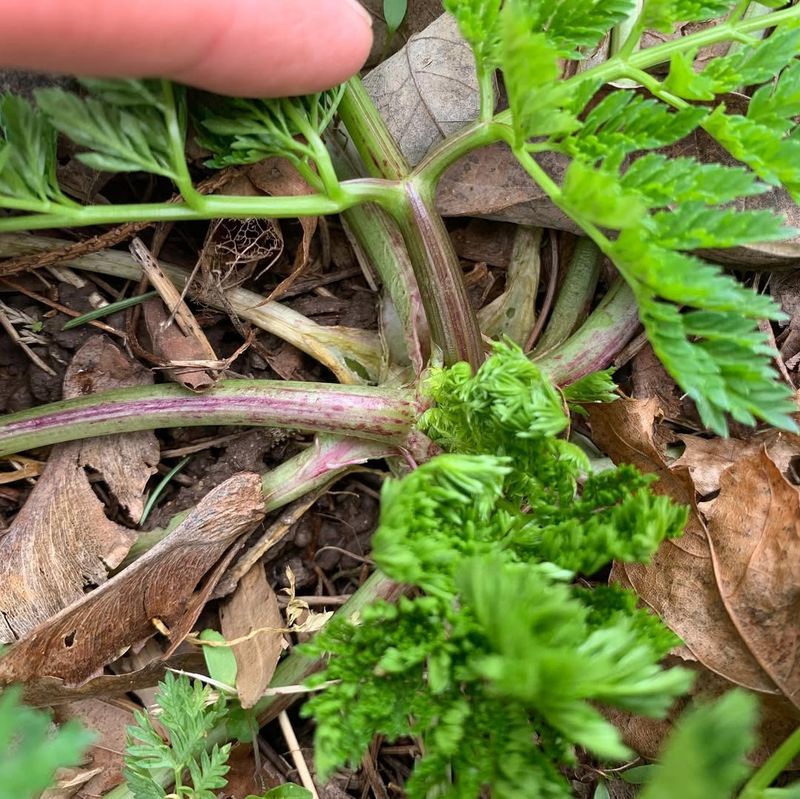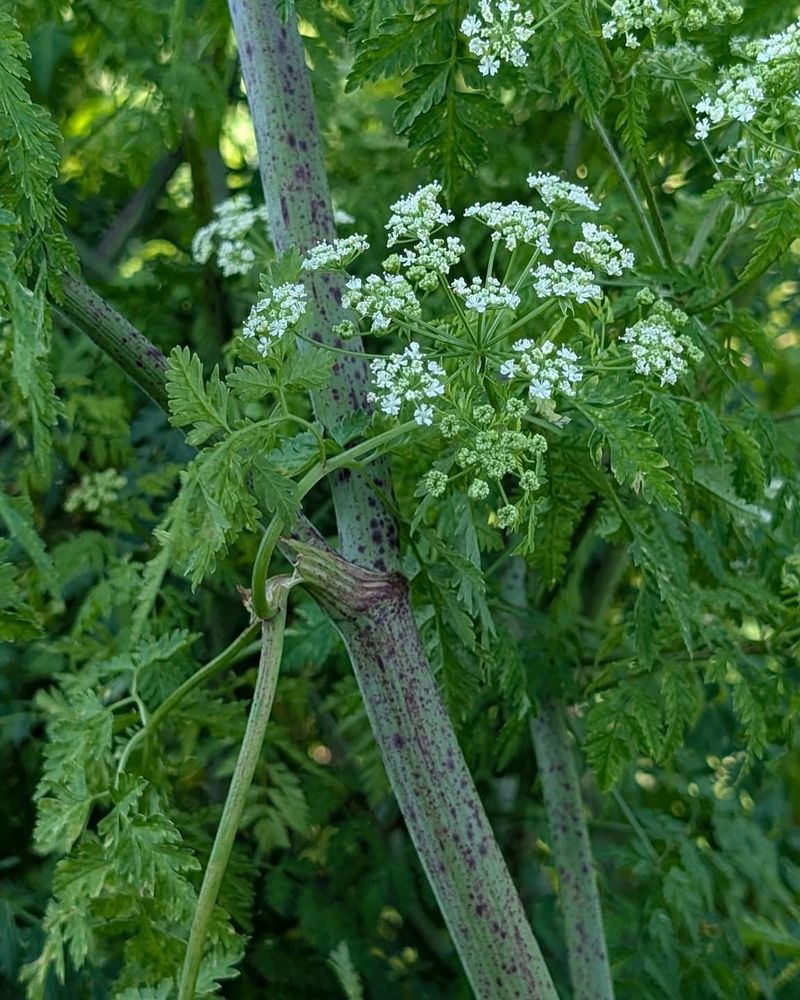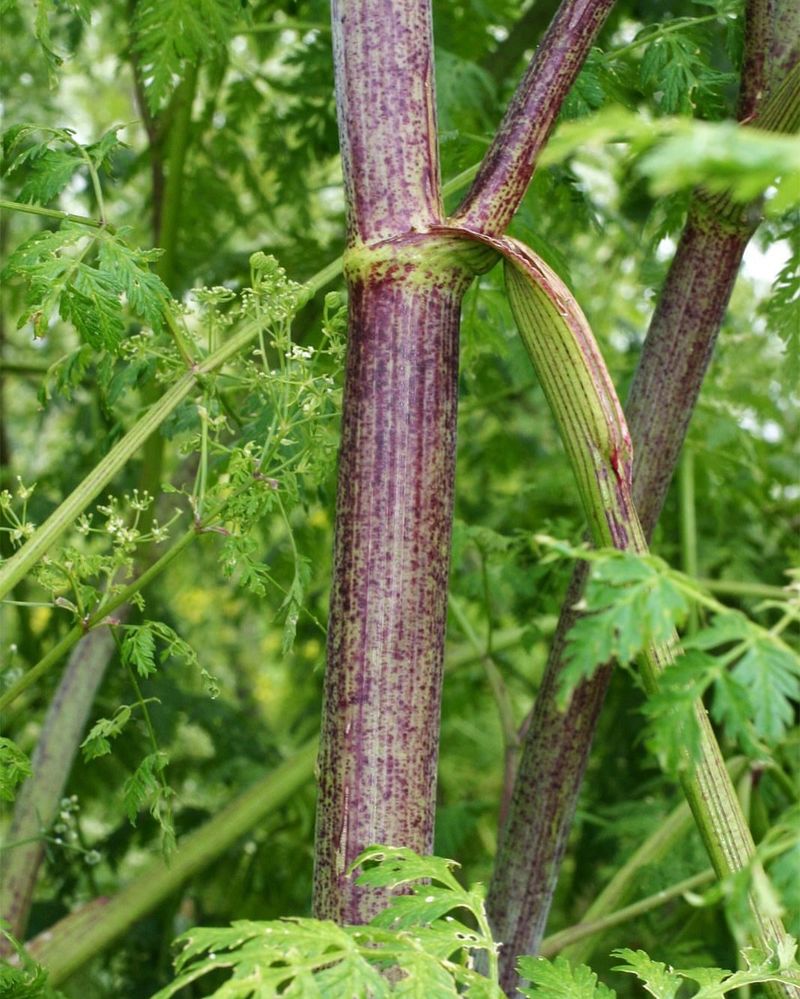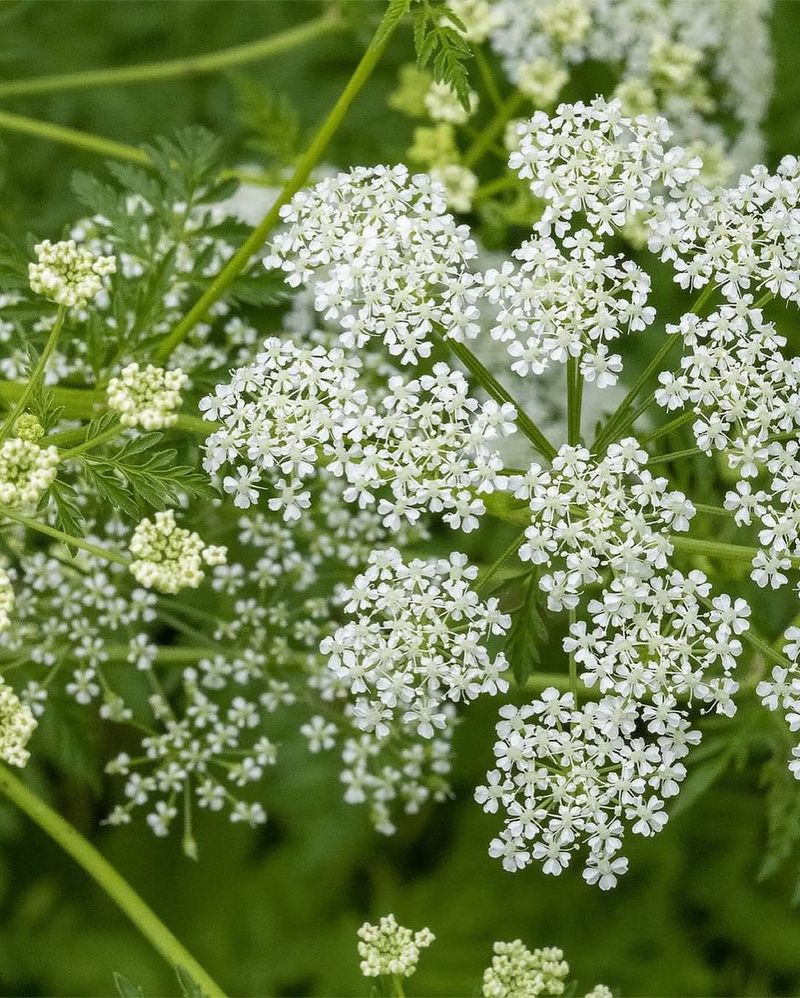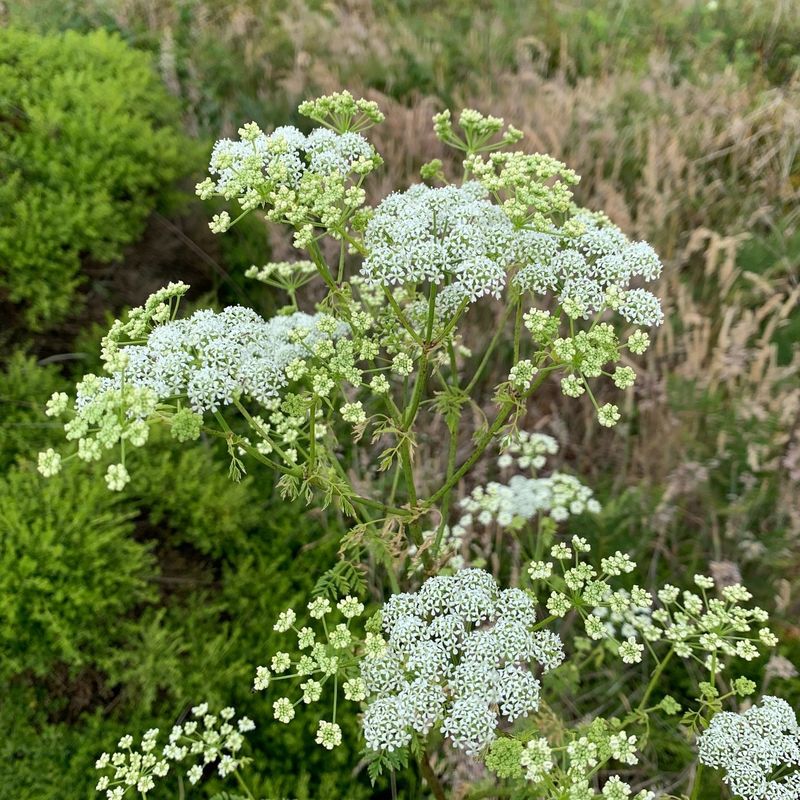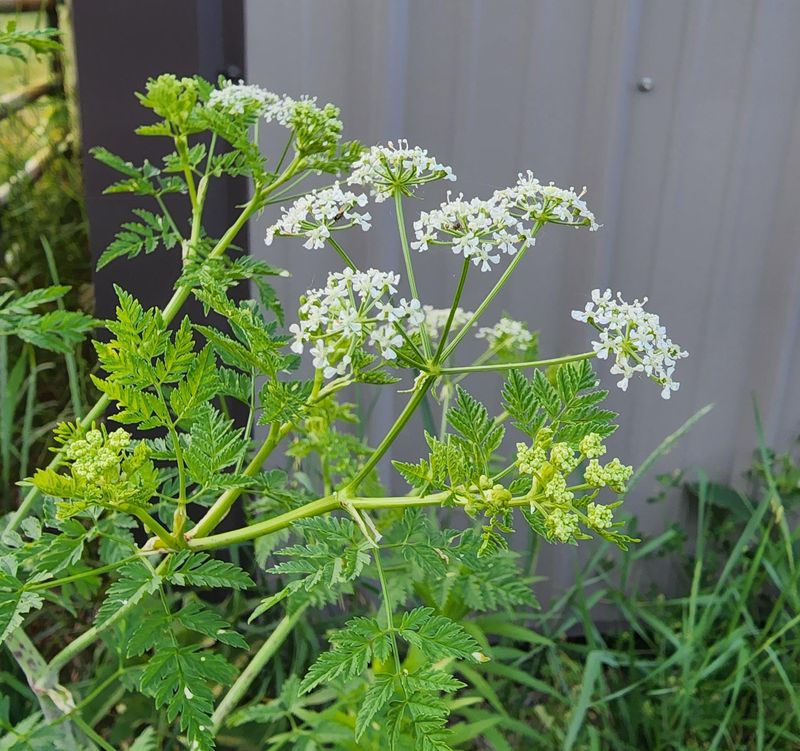Maryland gardeners may be used to the usual winter suspects creeping along roadsides, but one wildflower showing up this season is raising eyebrows for all the wrong reasons.
With its cheerful yellow blooms and feathery foliage, it looks innocent enough—almost inviting—but beneath that sunny face lies a plant packing far more punch than beauty.
This unwelcome visitor doesn’t just invade garden edges and open fields; it brings toxic sap and airborne irritants that can turn a casual encounter into a painful memory.
Cold weather hasn’t slowed it down either. Instead, it continues spreading quietly across trails, fence lines, and neighborhood edges, catching homeowners off guard when they step outside for routine chores.
Many mistake it for a harmless weed until skin irritation, blistering, or pet exposure hints at its true identity.
Spotting it early and knowing exactly what you’re dealing with can save your garden—and your safety—from a nasty surprise this winter.
Resembles Queen Anne’s Lace
Many people mistake poison hemlock for Queen Anne’s lace because both plants have white, umbrella-shaped flowers.
However, poison hemlock has smooth, hairless stems with purple splotches, while Queen Anne’s lace has hairy stems and smells like carrots when crushed.
Learning these differences can save lives.
Poison hemlock lacks the distinctive scent and fuzzy texture of its harmless lookalike.
Always examine plants carefully before touching or removing them from your garden.
Every Part Is Poisonous
Not a single part of poison hemlock is safe to touch or consume.
The roots, stems, leaves, flowers, and seeds all contain toxic alkaloids that attack the nervous system.
Even small amounts can cause serious health problems in humans and animals.
Children and pets are especially vulnerable because of their smaller body size.
Maryland gardeners should wear gloves and protective clothing when removing this plant to avoid skin contact with its poisonous oils.
Grows Taller Than Most Wildflowers
Standing between six and ten feet tall, poison hemlock towers over most other wildflowers in Maryland.
Its impressive height makes it noticeable along roadsides, in fields, and at the edges of wooded areas.
During its second year of growth, the plant shoots up dramatically and produces thousands of seeds.
These seeds spread easily through wind, water, and on clothing or animal fur.
Spotting these tall plants around Maryland early helps prevent further spreading.
Purple Splotches Are Warning Signs
One of the most reliable ways to identify poison hemlock is by checking the stem for purple or reddish blotches.
These markings look almost like bruises or paint splatters scattered across the smooth, hollow stem.
No harmless lookalike plants have this distinctive feature.
The splotches become more prominent as the plant matures during late spring and summer months.
Think of these purple marks as nature’s warning label telling you to stay away.
Causes Respiratory Failure
Poison hemlock contains chemicals called alkaloids that paralyze muscles throughout the body.
When someone ingests this plant, the toxins gradually shut down muscle control, eventually affecting the diaphragm and lungs.
Victims in Maryland remain conscious while losing the ability to breathe, making this one of the most frightening poisonings imaginable.
Emergency medical treatment must begin immediately after exposure.
Ancient Greeks used this plant to execute prisoners, including the philosopher Socrates.
Thrives In Disturbed Soil
Construction sites, ditches, fence lines, and recently cleared land provide perfect growing conditions for poison hemlock.
The plant loves areas where soil has been turned over or where native vegetation has been removed.
Maryland’s expanding development creates more opportunities for this invasive species to establish itself.
Gardeners who recently moved soil or created new beds should watch carefully for seedlings.
Regular monitoring of disturbed areas helps catch infestations before they spread widely.
Pets Are Highly Vulnerable
Dogs, cats, horses, and livestock can suffer severe poisoning from eating even small amounts of poison hemlock.
Curious pets might chew on the plant while exploring yards or walking along trails.
Symptoms in animals include drooling, trembling, difficulty walking, and rapid breathing.
Without immediate veterinary care, poisoning often proves fatal within hours.
Keep pets on leashes near areas where poison hemlock grows and remove any plants from your property immediately using protective gear.
Report Sightings To Authorities
Maryland environmental agencies track poison hemlock populations to manage this invasive threat effectively.
Reporting sightings helps officials understand where the plant is spreading and prioritize removal efforts.
Take clear photos showing the purple-splotched stems and white flower clusters before contacting your local extension office or department of natural resources.
Include location details and estimated patch size.
Community cooperation makes controlling this dangerous wildflower possible across the entire state.



